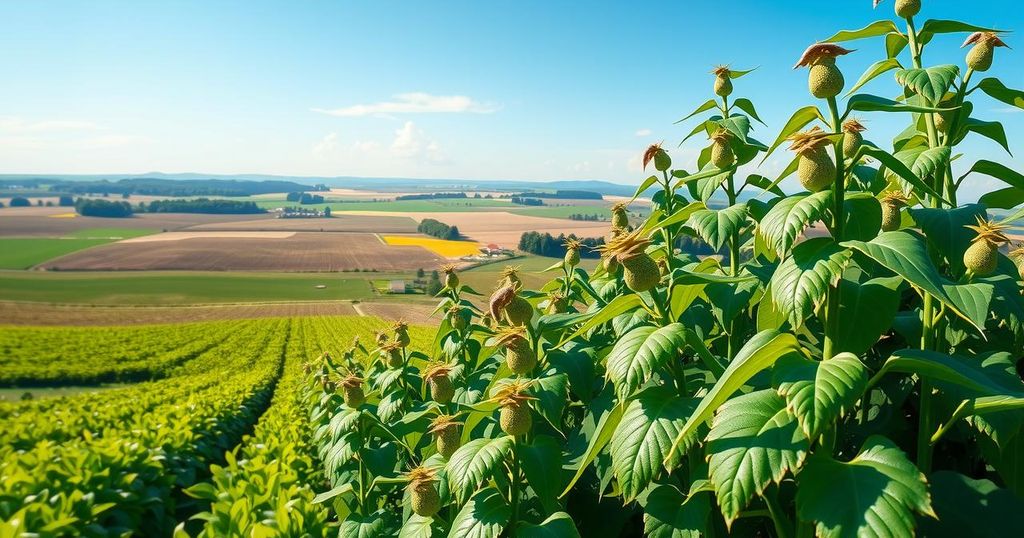Rising Soybean Prices in Zambia and Malawi Threaten Poultry Costs and Food Security

High soybean prices in Zambia and Malawi may lead to increased costs for poultry production, significantly affecting food security in eastern and southern Africa. The concentration of soybean markets and adverse weather conditions have exacerbated this situation. Addressing anti-competitive practices and enhancing cooperation among producers are critical to ensuring affordable feed and a resilient poultry industry moving forward.
In eastern and southern Africa, poultry serves as an essential protein source for the growing population, fundamentally reliant on soybean production for feed. The recent dynamics surrounding soybean pricing in Zambia and Malawi have posed significant challenges to poultry production, threatening food security in these countries. The cost of poultry feed, which constitutes 60-70% of production expenses, is directly impacted by soybean prices, affecting producers’ competitive edge, especially small-scale independent farmers who depend on open market prices.
The situation has worsened since both Zambia and Malawi are key soybean growers, facing considerable setbacks in 2024 due to adverse weather and market behavior. In Zambia, soybean production plummeted by 74% due to poor rainfall and reduced planting from low prices negotiated by large buyers in previous years, resulting in diminished expectations for crops. Malawi’s yield fell by only 20%, yet soybean prices surged by 48% within six months, causing them to outpace Zambian prices, even as Malawi produced enough soybeans for export.
Research conducted by economists at the African Market Observatory indicates that market concentration and the dominance of large buyers significantly contribute to price surges and diminished production levels in Malawi and Zambia. Furthermore, the impact of climate change, such as drought, exacerbates these challenges. Consequently, the poultry industry’s competitive landscape remains precarious, necessitating robust interventions.
Poultry, already one of the most affordable protein sources, requires a well-functioning value chain to withstand environmental stresses. Demand for poultry in sub-Saharan Africa is projected to increase significantly by 2050, necessitating the availability of competitively priced feed for producers, including small independent ones who have been adversely affected by rising costs of both soybeans and day-old chicks.
From 2020 to 2023, Zambia’s soybean production rose significantly but faced an unprecedented decline in 2024, driven primarily by farmers’ decisions to reduce planting amidst unfavorable price offers. The ongoing concentration among processors hampers farmers’ profitability as they navigate a challenging market environment. The 2023/24 El Niño weather patterns have further complicated agricultural resilience across the region.
As for pricing dynamics, Malawi’s soybean prices have sharply escalated, reaching nearly $900/tonne by the end of 2024, raising concerns about competition in a concentrated market. In contrast, Zambia experienced a price stabilization due to import activities and alternative stock management by processors that overcame local demand.
To ensure the resilience of these agricultural markets and support small producers, there is an urgent need for a regional approach to monitor market dynamics and rectify anti-competitive practices while addressing the challenges presented by climate change in food production systems.
The growing soybean prices in Zambia and Malawi pose serious challenges to the poultry industry, jeopardizing food security due to reduced competition. Small-scale producers face significant hardships amid escalating costs and market concentration. Attention to regional monitoring and collective strategies is paramount to foster a resilient agricultural landscape that can withstand the impacts of climate change and support smallholder competitiveness. Proactive interventions will be crucial in maintaining affordable poultry production in the region.
Original Source: theconversation.com








